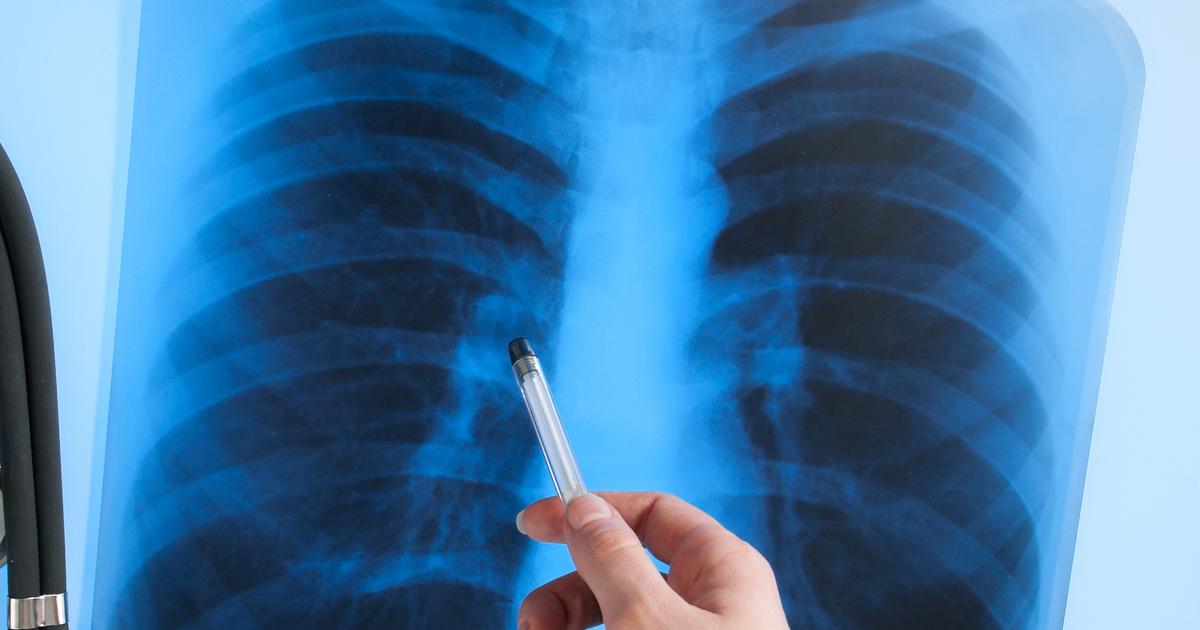Guide To A Tracheostomy
How The Procedure Works

Surgeons typically choose from two methods when performing a tracheostomy. In a surgical tracheostomy, a horizontal incision is made on the lower portion of the front part of the neck. The surgeon carefully pulls back the underlying muscles and makes a small incision on a tiny part of the thyroid gland to expose the trachea. Once the surgeon locates a specific point on the trachea near the base of the neck, the tracheostomy hole is created. In a minimally invasive tracheostomy, sometimes known as a percutaneous tracheostomy, a tiny incision is made near the base of the front part of the neck. Then, the surgeon inserts a special lens down the patient's mouth so they can see the inside of the throat. Guided by the images from the lens, the surgeon places a needle into the patient's trachea to form the tracheostomy hole. The hole is widened to the appropriate size for the breathing tube. In both surgical methods, a tracheostomy tube is inserted into the tracheostomy hole. A neck strap is attached to the faceplate of the tube so it doesn't slip, and temporary sutures may be placed to keep the faceplate safely fastened to the skin of the patient's neck.
Uncover the risks linked to a tracheostomy next.
Risks Linked To A Tracheostomy

While tracheostomies are generally very safe, there are some risks involved, particularly if the procedure must be performed in an emergency. Patients could experience bleeding, and the trachea, thyroid gland, or nerves in the neck may be damaged. The tube could be placed in the wrong location, or it might fall out during or after the procedure. If air becomes trapped in the tissue located underneath the skin of the patient's neck, a condition known as subcutaneous emphysema could develop. This might damage the esophagus or trachea, and patients may have difficulty breathing. Air may accumulate in the area between the lungs and the chest wall. This is called a pneumothorax, and it could lead to a collapsed lung. Long-term risks linked to a tracheostomy include narrowing and scarring of the trachea and the development of a tracheoesophageal fistula, an abnormal passageway that forms between the trachea and the esophagus. This type of fistula could allow fluids or food to enter the lungs. Some patients may get an infection in the trachea or bronchial tubes, and lung infections (pneumonia) have occurred.
Learn about the recovery process next.
